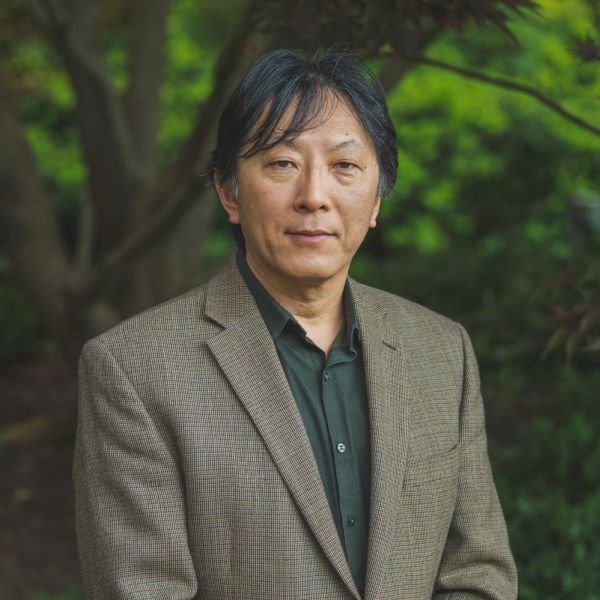News

Oct 28, 2025
Modern methods in biological research course to be offered in spring 2026
Huck Institutes of the Life Sciences core facilities are offering a new course for spring 2026, Modern Methods in Biological Research, for upper-level undergraduate students and graduate students studying in the life sciences.
Full Article

Oct 06, 2025
Core facilities open house welcomes new researchers
More than 120 researchers attended the first-ever Huck Core Facilities Open House last month, which featured informational posters, opportunities to talk with facilities staff, and even some interactive demonstrations.
Full Article

Sep 16, 2025
September open house to showcase Huck Institutes instrumentation facilities
The Huck Institutes of the Life Sciences will host an open house event on Wednesday, Sept. 24, to advertise the high-tech instrumentation and expert consulting services available in its 11 core facilities.
Full Article

Sep 02, 2025
Grad Students to participate in Core Facilities internships
Two chemistry grad students will participate in novel internships in Core Facilities this fall, supported by the Huck and the Materials Research Institute.
Full Article

Jul 10, 2025
Structure of tick-borne virus revealed at atomic resolution for the first time
Rates of the Powassan virus infections — which can cause seizures and paralysis — are increasing across commonwealth, nation.
Full Article

Oct 31, 2024
Huck researchers reflect on the 2024 Nobel Prize in Chemistry
This month, the Nobel Prize in Chemistry was awarded to three scientists credited with historic breakthroughs surrounding proteins and their structures. Three Huck researchers working on similar challenges chime in with their thoughts.
Full Article

Jul 30, 2024
Craig Praul named director of Huck Core Facilities
Joining Praul on the new leadership team are Rajeswaran Mani, director of the Flow Cytometry Facility, and financial specialist Kelly Foster.
Full Article

Oct 25, 2023
Biochemist selected as Innovation Fund investigator by Pew Charitable Trusts
Katsuhiko Murakami, professor of biochemistry and molecular biology at Penn State, has been selected as a member of the 2023 class of Innovation Fund investigators by the Pew Charitable Trusts.
Full Article

Jul 13, 2023
Essential process for SARS-CoV-2 viral replication visualized
During the replication of the SARS-CoV-2 virus, a long string of connected proteins is cleaved apart into individual proteins. This process is interrupted by an FDA-approved drug to treat COVID-19; however, the mechanistic details of this cleavage process are still unclear. Now, a team led by researchers at Penn State has produced the most detailed images to date of this process, revealing that these proteins are cleaved in a consistent order likely dictated by the structure of the protein string.
Full Article

Apr 14, 2023
How does an aging-associated enzyme access our genetic material?
New research provides insight into how an enzyme that helps regulate aging and other metabolic processes accesses our genetic material to modulate gene expression within the cell. A team led by Penn State researchers have produced images of a sirtuin enzyme bound to a nucleosome — a tightly packed complex of DNA and proteins called histones — showing how the enzyme navigates the nucleosome complex to access both DNA and histone proteins and clarifying how it functions in humans and other animals.
Full Article